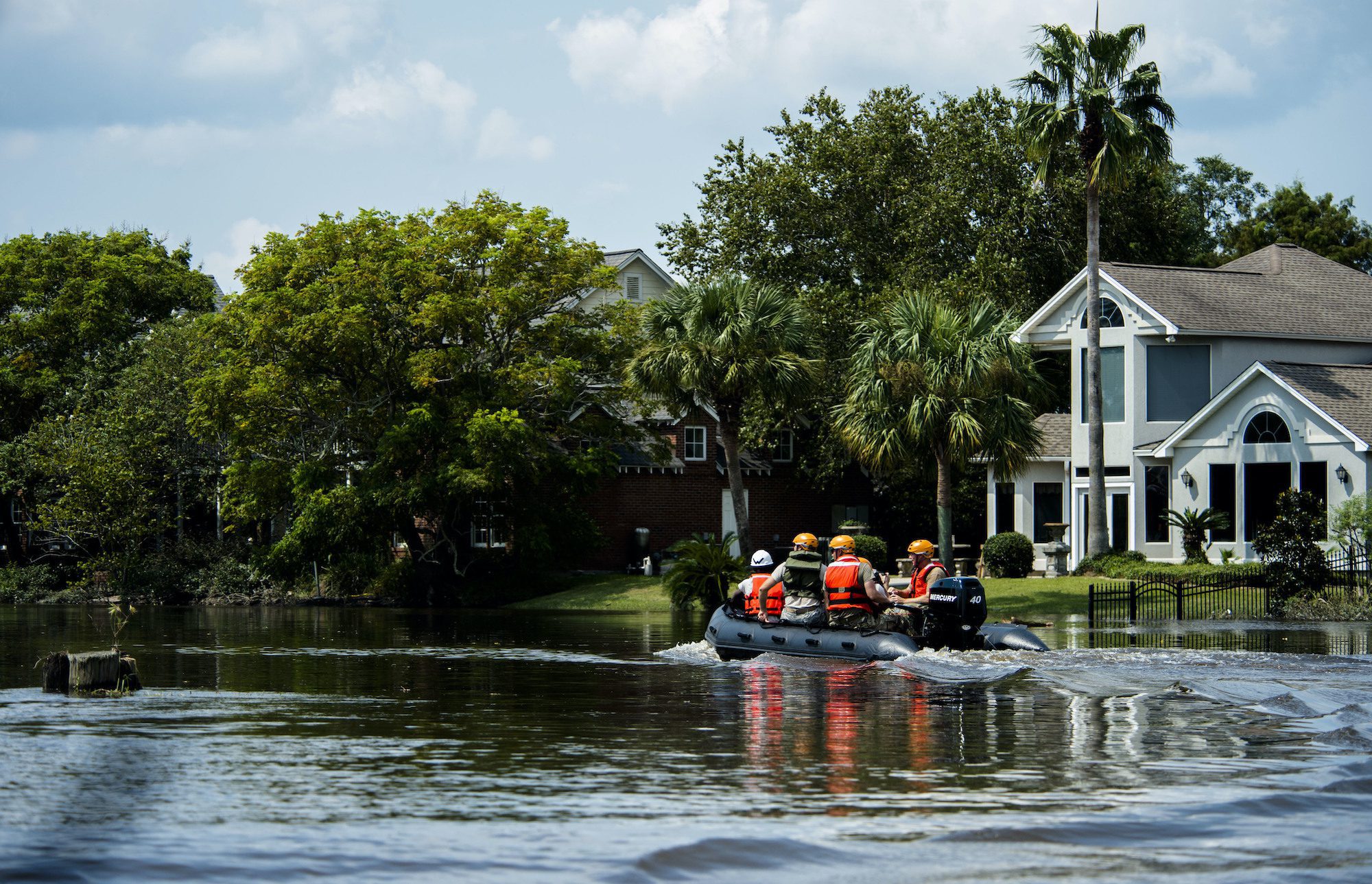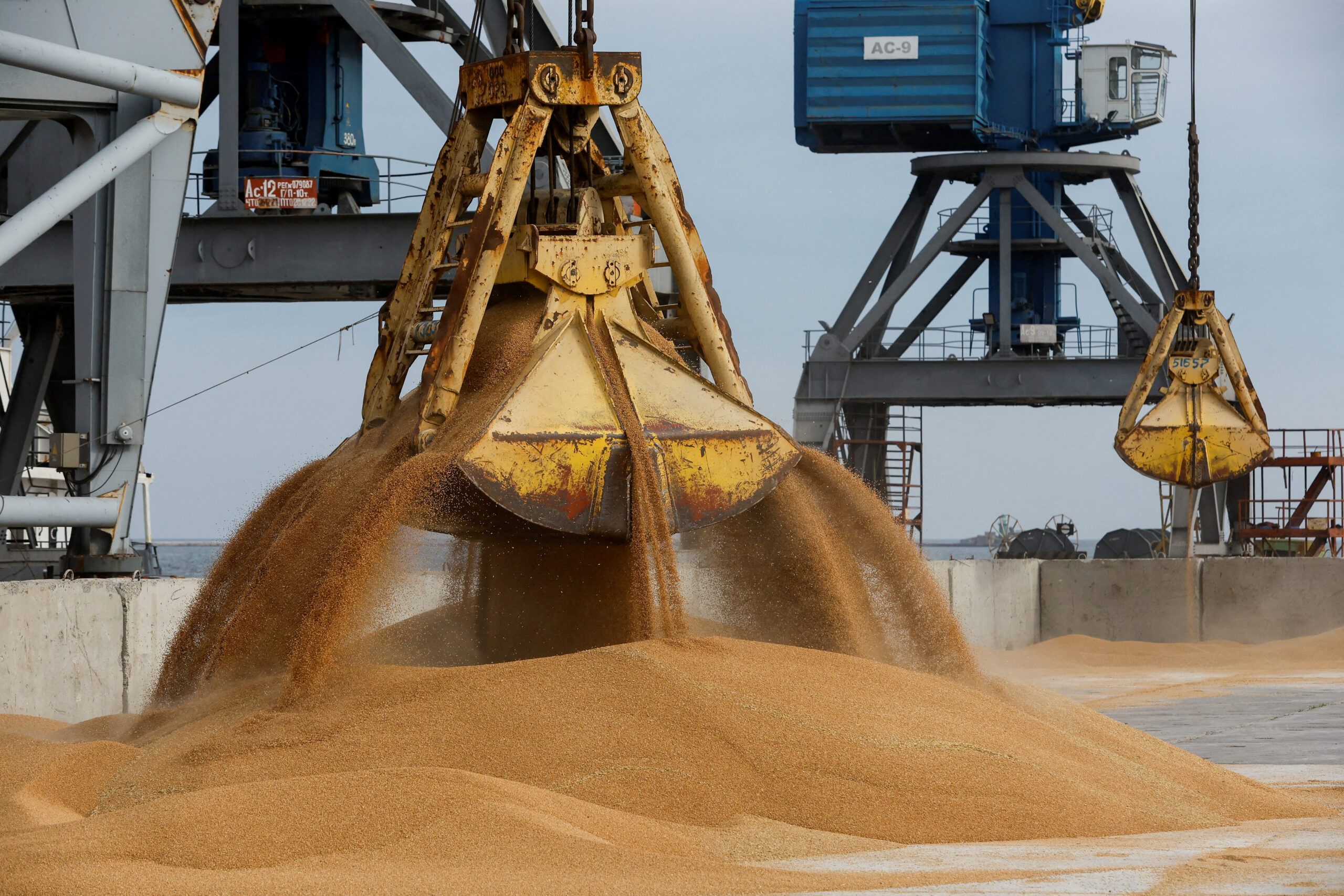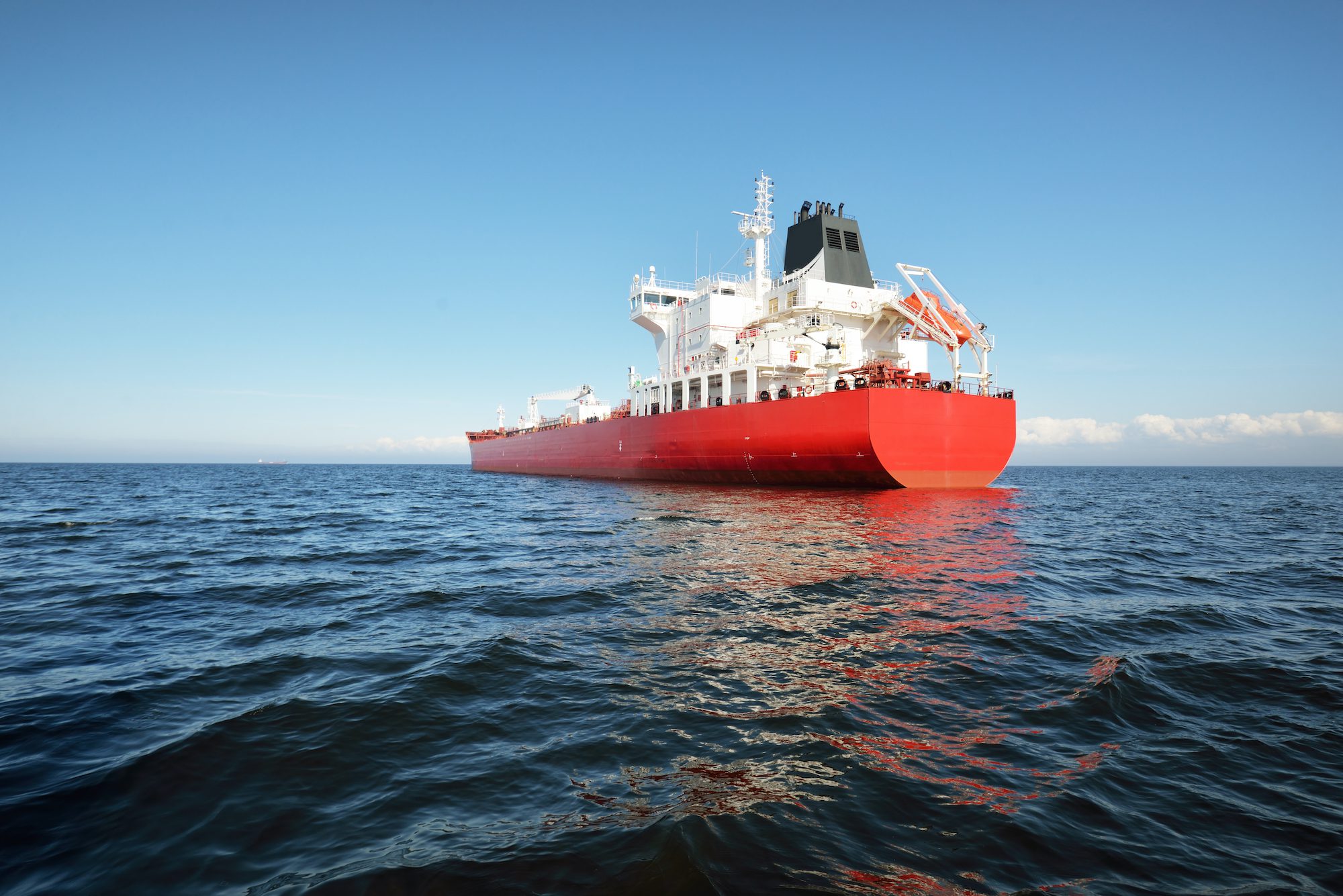The United States could see sea levels rise by as much as a foot by 2050, according to a new report led by the National Oceanic and Atmospheric Administration (NOAA).
The updated projection suggests sea level could rise as much over the next 30 years as it did in the previous 100.
The Sea Level Rise Technical Report, released today by NOAA in partnership with half a dozen other federal agencies, provides the most up-to-date sea level rise projections for all U.S. states and territories based on a combination of tide gauge and satellite observations and all the model ensembles from the Sixth Assessment Report of the Intergovernmental Panel on Climate Change (IPCC).
The report projects sea levels along the coastline will rise an additional 10-12 inches by 2050, with specific amounts varying regionally, mainly due to land height changes.
The report updates the federal government’s 2017 sea level rise projections, and provides additional information on tide, wind, and storm-driven extreme water levels affecting current and future coastal flood risk.
“For businesses along the coast, knowing what to expect and how to plan for the future is critical,” said U.S. Secretary of Commerce Gina M. Raimondo. “These updated projections will help businesses, and the communities they support, understand risks and make smart investments in the years ahead.”
“This new data on sea rise is the latest reconfirmation that our climate crisis ?— as the President has said ?— is blinking ‘code red,’” said Gina McCarthy, National Climate Advisor. “We must redouble our efforts to cut the greenhouse gases that cause climate change while, at the same time, help our coastal communities become more resilient in the face of rising seas.”
“This is a global wake-up call and gives Americans the information needed to act now to best position ourselves for the future,” said Rick Spinrad, Ph.D., NOAA Administrator. “As we build a Climate Ready Nation, these updated data can inform coastal communities and others about current and future vulnerabilities in the face of climate change and help them make smart decisions to keep people and property safe over the long run.”
The report is also the latest finding reinforcing global decarbonization efforts to combat climate change, including in the shipping industry which accounts for nearly 3% of the world’s CO2 emissions. The International Maritime Organization has set an initial goal to reduce overall greenhouse gas emissions from ships by 50% from 2008 levels by 2050, although there is growing pressure for a commitment to full decarbonization by 2050.
The report also finds that the sea level rise expected by 2050 will create a profound increase in the frequency of coastal flooding, even in the absence of storms or heavy rainfall.
“By 2050, moderate flooding ?— which is typically disruptive and damaging by today’s weather, sea level and infrastructure standards ?— is expected to occur more than 10 times as often as it does today,” said Nicole LeBoeuf, NOAA National Ocean Service Director. “These numbers mean a change from a single event every 2-5 years to multiple events each year, in some places.”
“This report supports previous studies and confirms what we have long known: Sea levels are continuing to rise at an alarming rate, endangering communities around the world. Science is indisputable and urgent action is required to mitigate a climate crisis that is well underway,” said Bill Nelson, NASA Administrator. “NASA is steadfast in our commitment to protecting our home planet by expanding our monitoring capabilities and continuing to ensure our climate data is not only accessible but understandable.”
The Sea Level Rise Technical Report is the product of the Interagency Sea Level Rise and Coastal Flood Hazard and Tool Task Force, a multi-agency effort composed of NOAA, NASA, EPA, USGS, DoD, FEMA and the U.S. Army Corps of Engineers, as well as several academic institutes.
Sign up for our newsletter

 Join The Club
Join The Club











